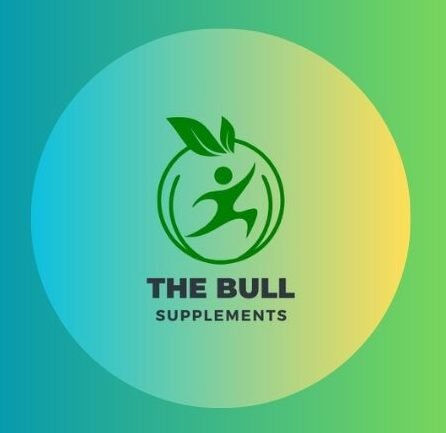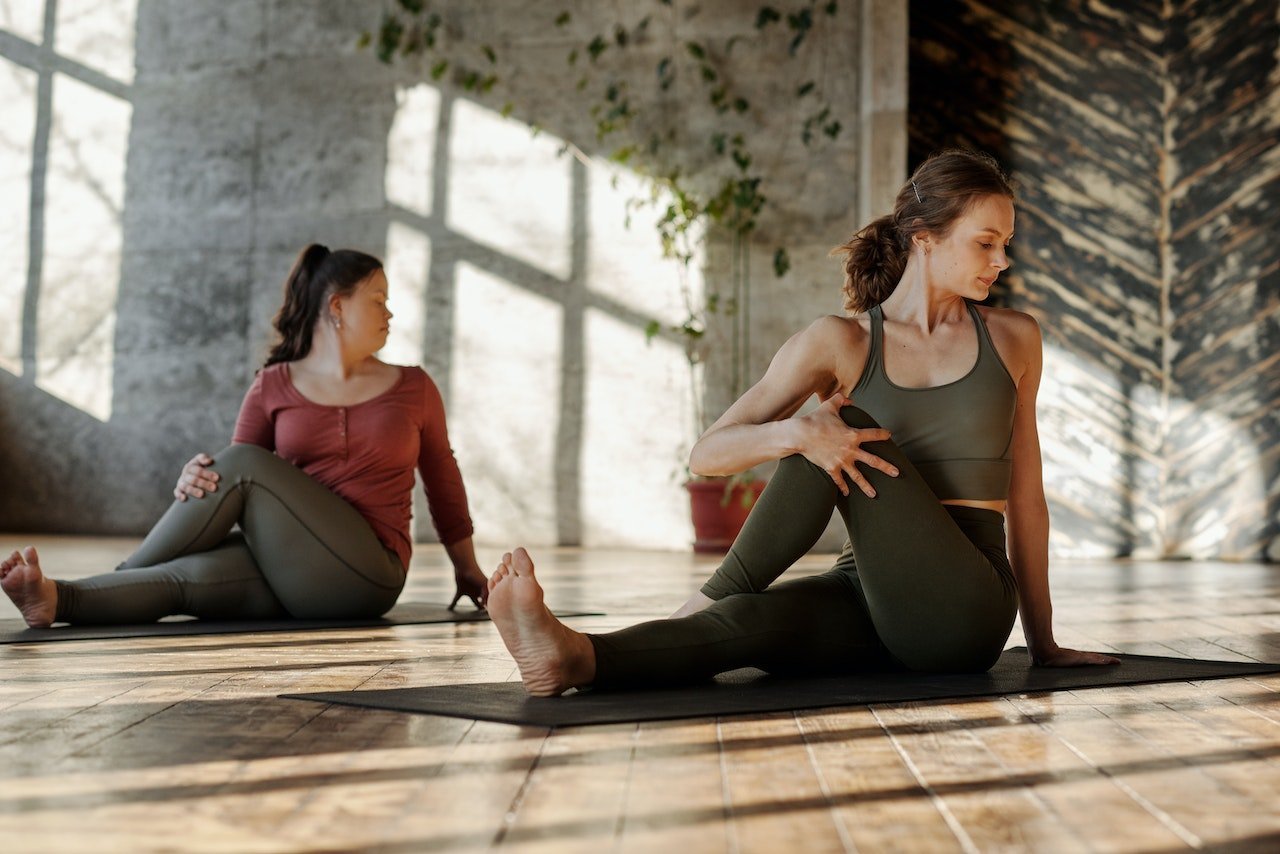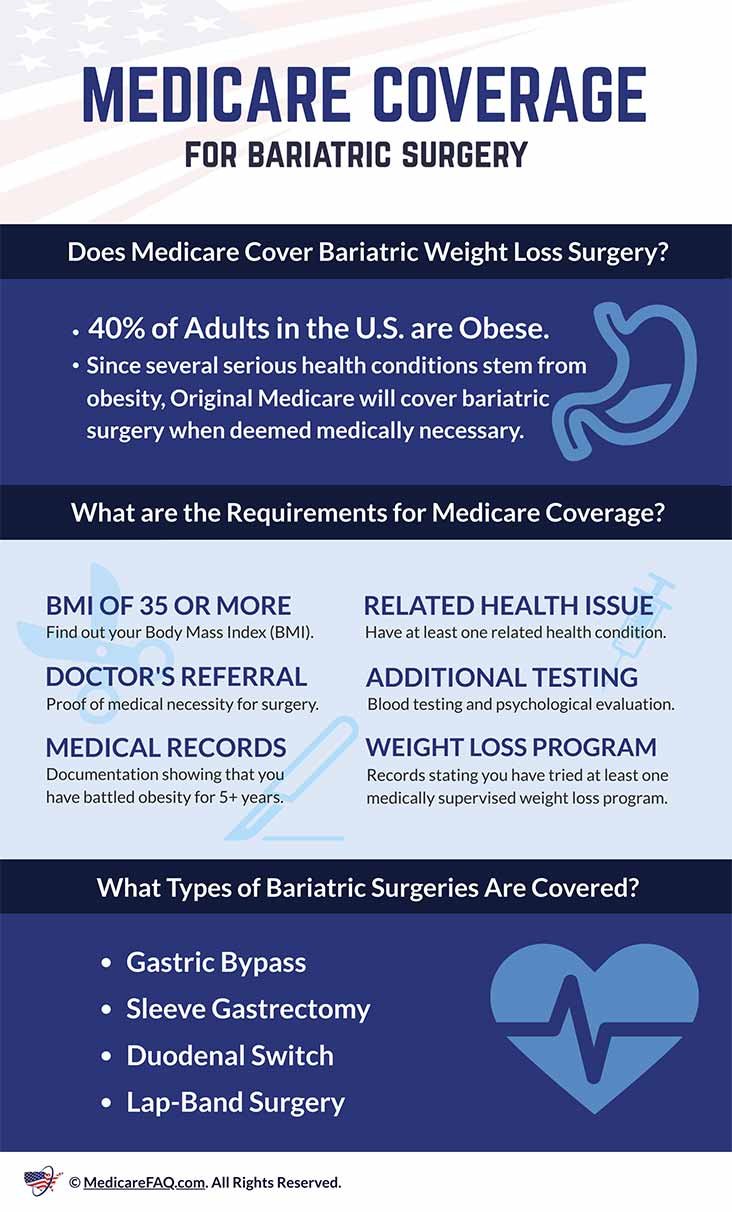Skill-related fitness goals focus on improving specific performance abilities, such as agility, balance, coordination, speed, power, and reaction time; health-related fitness goals are centered on enhancing overall well-being through activities that boost cardiovascular health, muscle strength, endurance, flexibility, and body composition. It is crucial to differentiate between these two types of objectives to tailor a workout regimen that aligns with an individual’s aspirations, whether they involve excelling in sports or nurturing a healthier body.
Engaging in physical fitness is about more than just shedding pounds or building muscle; it’s a commitment to a lifestyle that fosters both well-being and performance. People set fitness goals for a variety of reasons, each with distinct outcomes in mind.
Some aim to elevate their athletic prowess, keen on boosting capabilities for competitive edge or personal satisfaction. Others prioritize preventative health measures, striving to reduce the risk of chronic diseases, improve their energy levels, and enhance their mental health through regular exercise. Understanding the nuances between skill-related and health-related fitness goals is essential for crafting a tailored exercise plan, enabling you to unleash your full potential while maintaining a balanced and healthy fitness journey.

Credit: www.linkedin.com
Introduction To Skill-related Fitness Vs. Health-related Fitness
Welcome to the world of fitness, where goals and motivations can vary as widely as the exercises and routines themselves. In the realm of personal well-being, two primary pathways emerge: skill-related fitness and health-related fitness. Each path offers unique benefits and targets different aspects of your overall fitness journey.
The Dual Paths Of Fitness
Picture fitness as a journey on two roads. On one road, you have health-related fitness goals. These are about your body’s overall well-being. Think of them as goals that keep you away from the doctor. They focus on factors like cardiovascular endurance, muscle strength, flexibility, and body composition.
On the other path lies skill-related fitness. These goals are not about health checks but about performance. They touch on abilities like agility, balance, coordination, speed, reaction time, and power. They matter most in sports and activities where skill performance is key.
Conceptual Differences
The main difference between skill-related and health-related fitness lies in their end goals. Health-related fitness aims at a healthy and functional body. It’s about feeling good and living a long, disease-free life. It’s less about winning races and more about winning at life’s daily challenges.
Conversely, skill-related fitness centers on specialized abilities. Excelling in a particular sport or activity is the main focus. These goals are about fine-tuning your body to perform specific tasks with greater ease, efficiency, and expertise.
Components Of Skill-related Fitness
Components of Skill-Related Fitness play a vital role in athletic performance. Unlike health-related fitness goals that focus on general wellness, skill-related goals target specific abilities. These abilities enhance sports performance and everyday tasks requiring complex movements. Each component defines a unique skill set. Athletes often work to improve these components to excel in their respective sports.
Agility And Coordination
Agility refers to quickly changing direction without losing speed. It’s essential in sports like basketball and soccer. Coordination combines multiple movements into a single, fluid motion. It is critical for tasks such as playing an instrument or hitting a baseball.
- Better agility means quicker turns and faster responses to opponents.
- Improved coordination leads to smoother actions and higher efficiency.
Power And Speed
Both power and speed are crucial for explosive movements. Power is the ability to exert maximum force in minimal time. Speed is the quickness of movement. Sprinters and weightlifters depend on these components.
| Power | Speed |
|---|---|
| Useful for lifting and throwing | Key for running and swimming |
Balance And Reaction Time
Balance keeps the body stable, whether moving or still. Gymnasts and figure skaters showcase balance. Reaction Time determines how quickly an individual responds to stimuli. It’s crucial for defensive moves in sports and in daily activities like driving.
- Steady balance prevents falls and injuries.
- Swift reaction time allows for immediate response to sudden changes.
Essentials Of Health-related Fitness
The Essentials of Health-Related Fitness focus on improving your overall well-being. Unlike skill-related fitness goals, which enhance your ability to perform specific sports skills, health-related fitness targets your physical health. These components contribute to disease prevention and the quality of daily life.
Cardiorespiratory Endurance
Cardiorespiratory endurance is your heart and lungs’ ability to work together during physical activity. This kind of endurance helps you do tasks like running and swimming for a long time. To boost it, consider:
- Regular aerobic exercise
- Activities like cycling or brisk walking
- Increasing duration and intensity over time
Muscle Strength And Endurance
To lift, push, or pull with force, muscle strength is key. For everyday actions like carrying groceries, this matters a lot. Muscle endurance lets you use your muscles many times without getting tired. Grow these by:
- Weightlifting
- Bodyweight exercises
- Regular resistance training
Flexibility
Being flexible means your body can move joints well. It helps prevent injuries and keeps your muscles limber. You can improve flexibility with:
- Stretching routines
- Yoga
- Dynamic warm-ups before exercise
Body Composition
Body composition refers to fat versus lean mass in your body. Good body composition means a healthier amount of body fat. To improve it:
- Focus on a balanced diet
- Incorporate both cardio and strength exercises
- Stay hydrated and get enough rest
Setting Skill-related Fitness Goals
Prioritizing Health Fitness Targets
Setting health fitness targets is a vital step towards a balanced life. While skill-related fitness focuses on improving performance, health-related fitness aims at enhancing overall well-being. Prioritizing health-related goals is about adopting habits that promote longevity and prevent disease.
Adopting Lifelong Health Behaviors
Building lasting healthy habits is essential for long-term fitness. This includes:
- Regular physical activity: Aim for daily exercise.
- Eating balanced meals: Choose fruits, vegetables, and whole grains.
- Sufficient sleep: Adults should get 7-9 hours each night.
- Stress management: Practice mindfulness and relaxation techniques.
Managing Weight And Preventative Health
Weight management is not just about looking good. It’s about:
| Goal | Benefits |
|---|---|
| Maintaining a healthy weight | Reduces the risk of chronic diseases. |
| Preventing obesity | Improves heart health and blood pressure. |
| Regular check-ups | Early detection and treatment of conditions. |

Credit: www.goodhousekeeping.com
Training Regimens For Skill Advancement
The road to mastery in any sport or activity comes through tailored training regiments. These plans aim to elevate your abilities beyond basic fitness. Let’s break down how precise drills and smart use of technology can skyrocket skill levels.
Drills And Techniques
Specially crafted drills fine-tune the necessary abilities for any sport. They focus not just on strength but on agility, speed, and precision. Effective drills break down complex movements into manageable pieces. This helps build muscle memory and promotes rapid improvement.
- Balance drills improve stability.
- Plyometric exercises boost explosive power.
- Tactical drills develop strategic thinking.
Incorporating Technology And Equipment
Modern technology and specialized equipment play pivotal roles in skill enhancement. Wearable devices monitor progress and provide instant feedback. Training with the latest gear ensures improvement in record time.
| Technology/Equipment | Benefits |
|---|---|
| Smart Watches | Track performance metrics |
| High-speed cameras | Analyze technique and form |
| Virtual reality trainers | Simulate real-world conditions |
Lifestyle Choices Supporting Health Fitness
Fitness goals showcase an individual’s dedication to maintaining a healthy and active lifestyle. While skill-related fitness goals enhance athletic abilities, health-related fitness goals focus on improving overall well-being. Unique lifestyle choices play pivotal roles in supporting health-related fitness objectives. Crafting a singular balance of diet, sleep, and recovery is crucial for these goals.
Dietary Considerations
Nutrition fuels the body, mind, and fitness journey. Food choices directly impact energy levels, performance, and recovery.
- Balance macronutrients for sustained energy.
- Choose whole foods over processed options for better health outcomes.
- Incorporate a variety of fruits and vegetables for essential vitamins.
- Stay hydrated with water, the cornerstone of optimal physiological function.
- Monitor portion sizes to align with fitness objectives.
Sleep And Recovery
Ample sleep is a cornerstone of health-related fitness goals. The body heals and rejuvenates during rest.
- Aim for 7-9 hours of quality sleep nightly.
- Prioritize rest days for muscle repair and to prevent injury.
- Engage in relaxation techniques like meditation to enhance recovery.
- Allow for flexibility in routines to accommodate the body’s needs.
Embracing a lifestyle balanced with proper nutrition, sufficient rest, and mindful recovery positions individuals for success in meeting health-related fitness goals.
Misconceptions About Fitness Goals
Fitness goals often come with a lot of misunderstandings. Some think that all fitness goals are the same. But they are different. Skill-related fitness goals focus on improving one’s ability in sports or activities. Health-related fitness goals are about making your body healthier. It’s key to know the differences to set the right goals for your fitness journey.
Confusing Skill With Health
Many people mix up skill and health fitness goals. They think getting better at a sport means they are getting healthier. That is not always true. For example, you might be able to run fast, but that doesn’t mean your heart is healthy. Skill-related fitness is about how well you perform. Health-related fitness is about how well your body works.
Common Myths Debunked
- Busting the endurance myth: Great stamina in one sport doesn’t mean overall endurance.
- Strength is specific: Being strong in lifting weights doesn’t mean you’re strong in all tasks.
- Flexibility is more than yoga: You can be flexible in yoga but stiff elsewhere.
Remember, each type of fitness goal needs its plan. You cannot use a basketball drill to improve heart health. Nor can a running routine ensure great hand-eye coordination. Be clear on your goals, whether skill or health-focused, and tailor your plan to match.
Real-life Examples
When we talk about fitness goals, everyone’s journey is unique.
Success Stories In Skill-related Fitness
Some people shine with their amazing abilities. Let’s explore their journeys.
- Jason – From clumsy to soccer star in two years.
- Linda – Mastered complex yoga poses after months of practice.
- Mark – Lost 50 pounds, now runs marathons.
- Sue – Beat diabetes with diet and exercise.
Both set skill-related fitness goals and conquered them.
Health Transformation Tales
Others focus on their health for a total life change. Here’s how they did it:
These health champions set health-related goals and transformed.
Balancing Skill And Health Goals
When aiming for overall fitness, it’s crucial to understand the difference between skill-related and health-related goals. Skill-related fitness focuses on abilities that enhance athletic performance, such as agility or balance. Health-related fitness relates to the proper functioning of your body’s systems and includes things like cardiovascular endurance and muscular strength. To achieve a well-rounded fitness regime, it’s important to integrate both types of goals.
Integrating Training Approaches
Combining different workouts leads to overall body wellness. Skill-related activities might include sports drills or dance classes. Health-related exercises might be jogging or yoga. By blending these approaches, you tackle multiple facets of fitness. This strategy ensures you don’t neglect any area of your health.
- Mix cardio with coordination: Jump rope or play basketball.
- Strength train with balance exercises: Use a balance board during weight sessions.
- Combine flexibility and speed: Practice martial arts or gymnastics.
Setting Realistic And Complementary Objectives
Goals need to be reachable and make sense together. Start by setting clear health and skill targets that complement each other. For example, building stamina with swimming can improve your ability to learn complex dive techniques.
| Skill Goal | Health Goal | Combined Benefit |
|---|---|---|
| Master a new sport | Increase aerobic capacity | Enhanced sports technique and endurance |
| Achieve better hand-eye coordination | Strengthen upper body | Improved coordination with strength |
Regularly track progress in both areas. Adjust as needed to avoid plateaus or burnout. Remember, these goals should align with your lifestyle. This means taking into consideration your available time, resources, and current fitness level. A professional trainer can help devise a personalized plan.
Expert Opinions On Fitness Goals
Fitness goals guide your journey to better health. Two main types exist: skill-related and health-related. Each serves different purposes. Experts share their insights on setting and achieving these goals.
Insights From Fitness Coaches
Fitness coaches stress the importance of setting realistic goals. They suggest different strategies for skill and health goals.
- Skill-related goals focus on improving your abilities.
- Health-related goals aim to enhance your overall well-being.
Fitness coaches recommend specific exercises for each goal.
| Goal Type | Recommended Exercises |
|---|---|
| Skill-Related | Agility drills, balance exercises, plyometrics |
| Health-Related | Brisk walking, swimming, cycling, yoga |
Advice From Health Professionals
Health professionals suggest a balanced approach to fitness. They highlight the need to combine both skill and health goals.
- Start with an assessment of your fitness level.
- Create a blend of goals that promote skill development and health.
- Monitor your progress regularly.
They encourage focusing on physical activity as a way to prevent disease. Consistency is key to success.

Credit: study.com
Future Trends In Fitness Goal Setting
Fitness goals keep evolving with advances in science and technology. Understanding the shifting landscape helps tailor unique fitness journeys.
Emerging Research
New studies shed light on how we set and achieve fitness goals. Science is revealing different ways our bodies and minds respond to exercise.
- Skill-related fitness focuses on improving abilities for specific activities.
- Health-related fitness aims at enhancing overall wellness and disease prevention.
Researchers explore techniques to make goal setting more effective for both types. They look at motivational strategies and personalized programs.
Innovations In Fitness Tracking
Wearables are going beyond counting steps and calories. Next-gen trackers monitor a vast array of metrics.
| Innovation | Impact |
|---|---|
| AI Integration | Customized workout plans adapt in real time. |
| Social Connectivity | Challenges with friends add motivation. |
| VR Fitness Games | Makes achieving skill-related goals fun. |
Each innovation offers new avenues to pursue specific skill-related or health-related fitness goals. They help set smarter targets and track progress accurately.
Frequently Asked Questions
What Is The Difference Between Skill And Skill Related Physical Fitness?
Skill refers to the ability to perform specific tasks, while skill-related physical fitness focuses on components that enhance athletic performance, like agility, speed, and coordination.
What Are Skill Related Goals?
Skill-related goals are objectives aimed at enhancing specific abilities, such as technical expertise, communication, leadership, or time management, to improve overall performance.
What Are Skill Related Fitness Goals ____?
Skill-related fitness goals are targets aimed at improving abilities such as agility, balance, coordination, speed, power, and reaction time.
Which Of These Team Sports Affects Both Health-related Fitness And Skill Related?
Basketball and soccer significantly enhance both health-related fitness and skill-related abilities.
Conclusion
Understanding the distinction between skill-related and health-related fitness goals is pivotal for tailoring your fitness journey. Skill-related goals enhance performance, emphasizing abilities like agility and coordination. Health-related goals prioritize overall well-being, focusing on endurance, strength, and flexibility. By clearly defining your objectives, you ensure a targeted, effective approach to fitness that caters to your personal aspirations and health requirements.
Embrace your goals, and let your fitness journey be as unique as you are.







